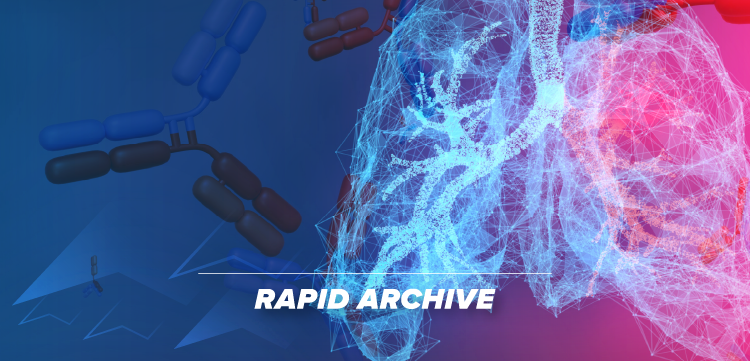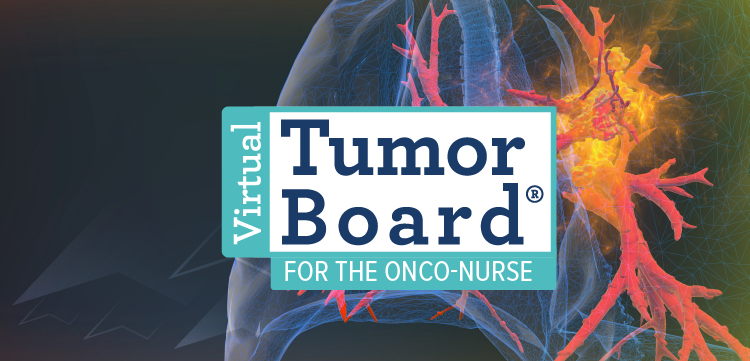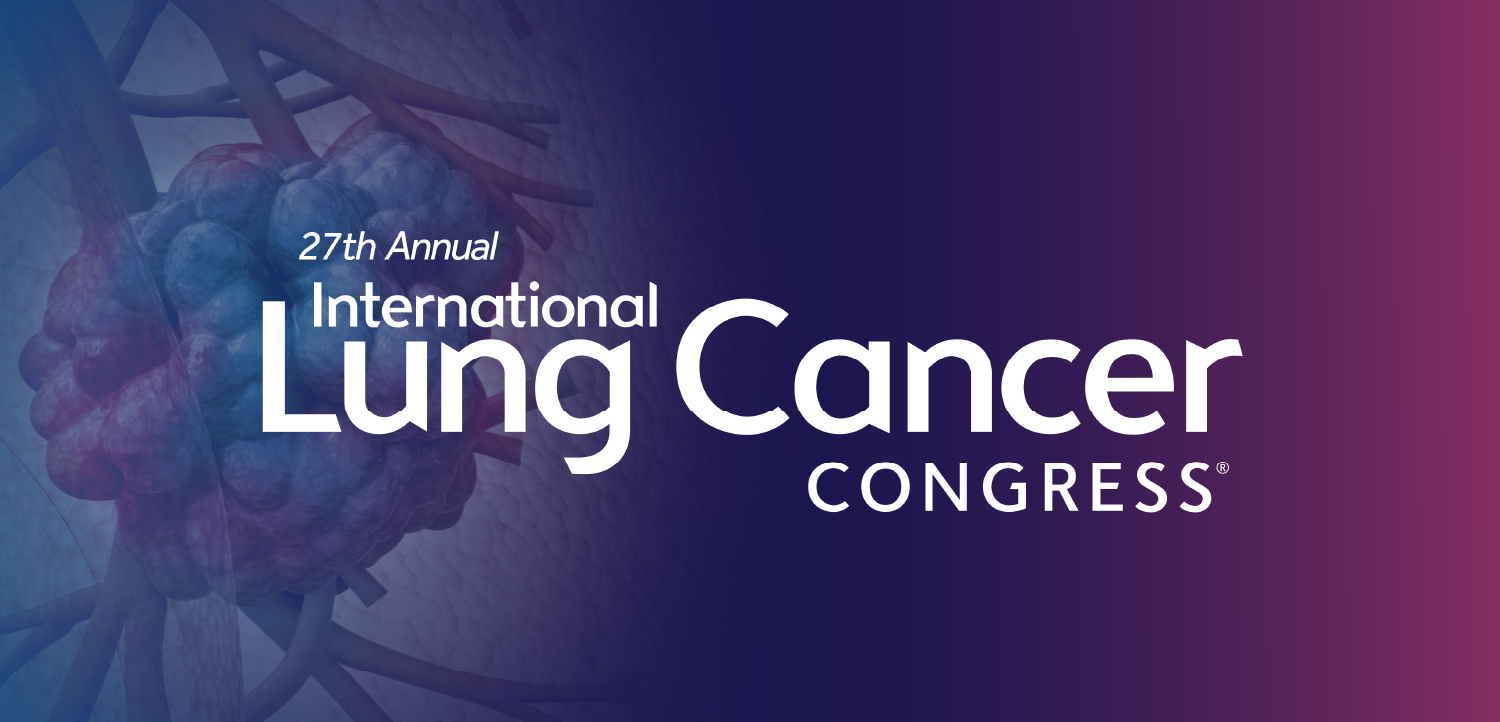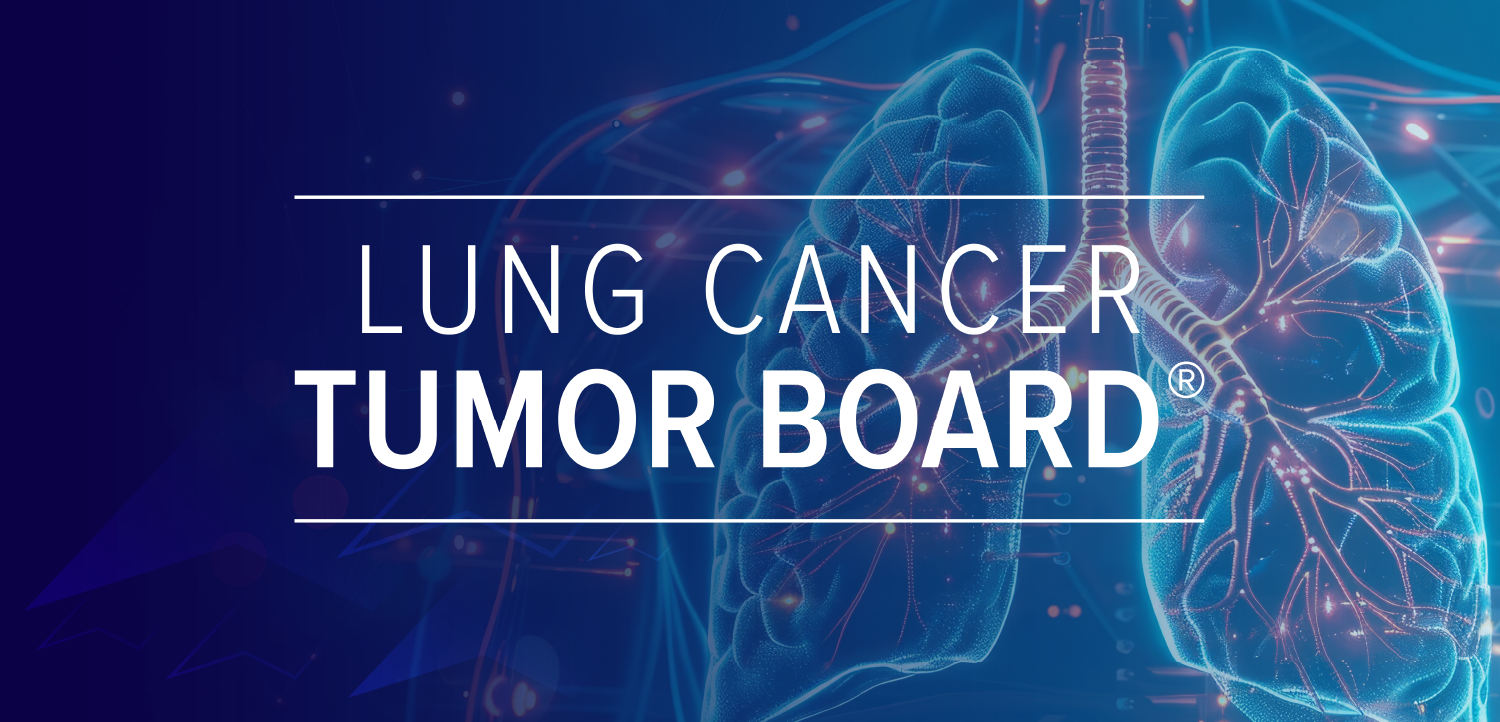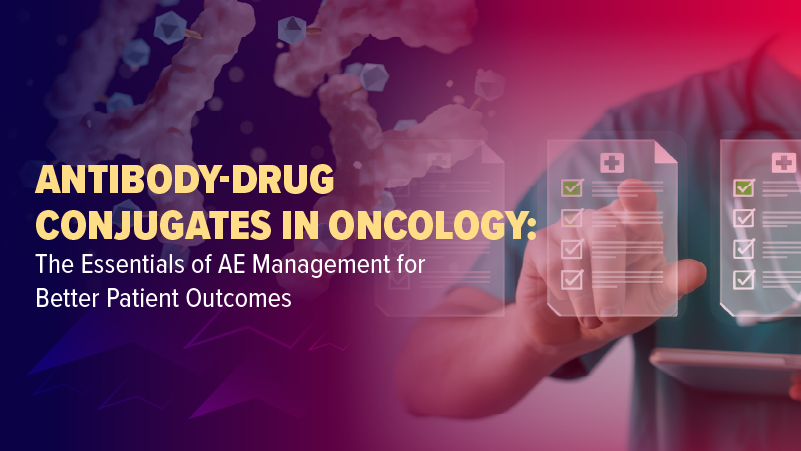Supplements And Featured Publications
- Conference Brief: Asembia’s AXS25 Summit: A Special Report on Specialty Pharmacy
Divide To Conquer. Blue Shield of California Is Spreading Out Its Pharmacy Benefit Management | Asembia AXS25 Summit
A panel discussed the California Blues plan’s multipronged approach to pharmacy benefit management.
In 2023, the Blue Shield of California announced that it was dropping CVS Caremark as its pharmacy benefit manager (PBM) and would instead parcel out its pharmacy benefit management and delivery business across several companies, including Amazon Pharmacy, Abarca Health, Mark Cuban Cost Plus Drug Company and Prime Therapeutics.
The California health plans' unique approach to managing its pharmacy benefits was the topic of a panel discussion at Asembia’s AXS25 Summit, which was held two weeks ago in Las Vegas.
“What we want to accomplish with this is to really show that there is the opportunity for more than one [payment] model,” Bethany Irvin, M.Ed., senior director of pharmacy partnerships at Blue Shield of California, said during the session, which was held on the first full day of the meeting that focuses on specialty pharmacy. “What can we look at to change what is essentially a very specific type of industry, a very specific type of model, no matter kind of where you go, or it looks very similar? What can we even disrupt on a small scale or on a big scale?”
Irvin was joined by Matt Seibt, head of pharma partnerships at Evio Pharmacy Solutions, and Jesse Ruzicka, MBA, senior vice president of sales and business development at Abarca Health, in the discussion of what Blue Shield of California is billing as the “Pharmacy Care Reimagined Initiative.” The health plan has described Evio as providing services that involve negotiating outcome-based arrangements with drugmakers and Abarca as paying drug claims. Irvin, Seibt and Ruzicka shared their thoughts about direct contracting and how companies in the pharmaceutical supply chain can use technologies to improve upon traditional processes.
In its news release about the multipronged approach to pharmacy benefits, Blue Shield said it would promote transparency and access and eventually save the insurer $500 million annually.
Ruzicka kicked off the discussion with a list of five changes in the healthcare industry:
government pressure on PBMs; the growing number of high-cost medications, including
the glucagon-like peptide 1 drugs for weight loss and diabetes; a second wave of biosimilars; use of artificial intelligence; and direct-to-consumer marketing by drugmakers.,
Technology utilizing real-world evidence is becoming more important. Seibt stated that Evio has created a much more sophisticated system to track real-world data, which includes a database where the real-world data is centralized and easily accessible. This enables payers to generate real-world evidence for plans and actively work with the data on a day-to-day basis. Technology can be used to take a look at the total cost of care and the whole patient to understand which medication is right for that patient and the employer.
“We're actively working through the data on a day-to-day basis with a whole team of data scientists and clinical pharmacists’ actuaries to help provide information to help plans make good decisions on a lot of different things,” Seibt said. “That also gives an opportunity for innovative manufacturers who have brought great products to market that we think actually have a significant clinical benefit to be able to marry those things together . . . What we're doing, where we have both medical and pharmacy, we can make decisions across both benefit designs, so it's not a silo, right? I think that's been a frustration for a lot of organizations.”
Ruzicka also believes the PBM model is changing. He stated that PBMs play a “role of interoperability and play that role of agility” as a central hub to bring together necessary parties.
“It's no longer about a vertically integrated organization that has all of the solutions for an easy one. Instead, it's moving to a model that says there are health care innovators and technology companies that may be better solutions for what you're looking for again, which is that interoperability,” Ruzicka said.
Irvin added that one of the missing pieces was what to do with the data that was being collected. Through the use of technology, PBMs can “serve as a broker, in a way, to other areas. What other partnerships do you have? Where can we go that isn't so insular to one space that can really lock you in as a pair, to one solution, to a host of products?” Irvin stated.
The new model allows for measure-based medicine and actual outcomes for the patient. It focuses on patient-centric care, showing payers what outcomes they are actually paying for, not just the medication. The program has been live for approximately 4 months, according to Irvin, and she stated that it is going well. The key lessons that were brought up included partnering with organizations that tied into the strategy and the culture. Everyone needs to move in the same direction and work toward a common goal and, in their case, outcome-based care.
“It's inherited that you [partners that] are aligned to your vision,” Ruzicka added. “I think you found out through the process of the review that there are some partners who are going to say, ‘We do it this way, and we’re not flexible.’ . . . We have a better way to lower the cost of care, [to] give the member a better patient experience, [and] to leverage the data from multiple starting points in a way that actually improves health care, which I think is the ultimate goal.”
When looking to start changing the model, Seibt said that being curious is always a good place to start. From there, identify champions within the organization that want to have the conversations to do things differently. Irvin added that corporations need to stick with the innovations they implement, even if they may have financial implications associated with a new payment model.
“It is easy to change your mind and to go back to what has been always the model that's safe,” Irvin said. “Keep your goal in mind and see it through. There are adjustments that you can make. There are things that you can change. This model obviously lets you do that and gives you that option.”
Articles in this issue
Newsletter
Get the latest industry news, event updates, and more from Managed healthcare Executive.


